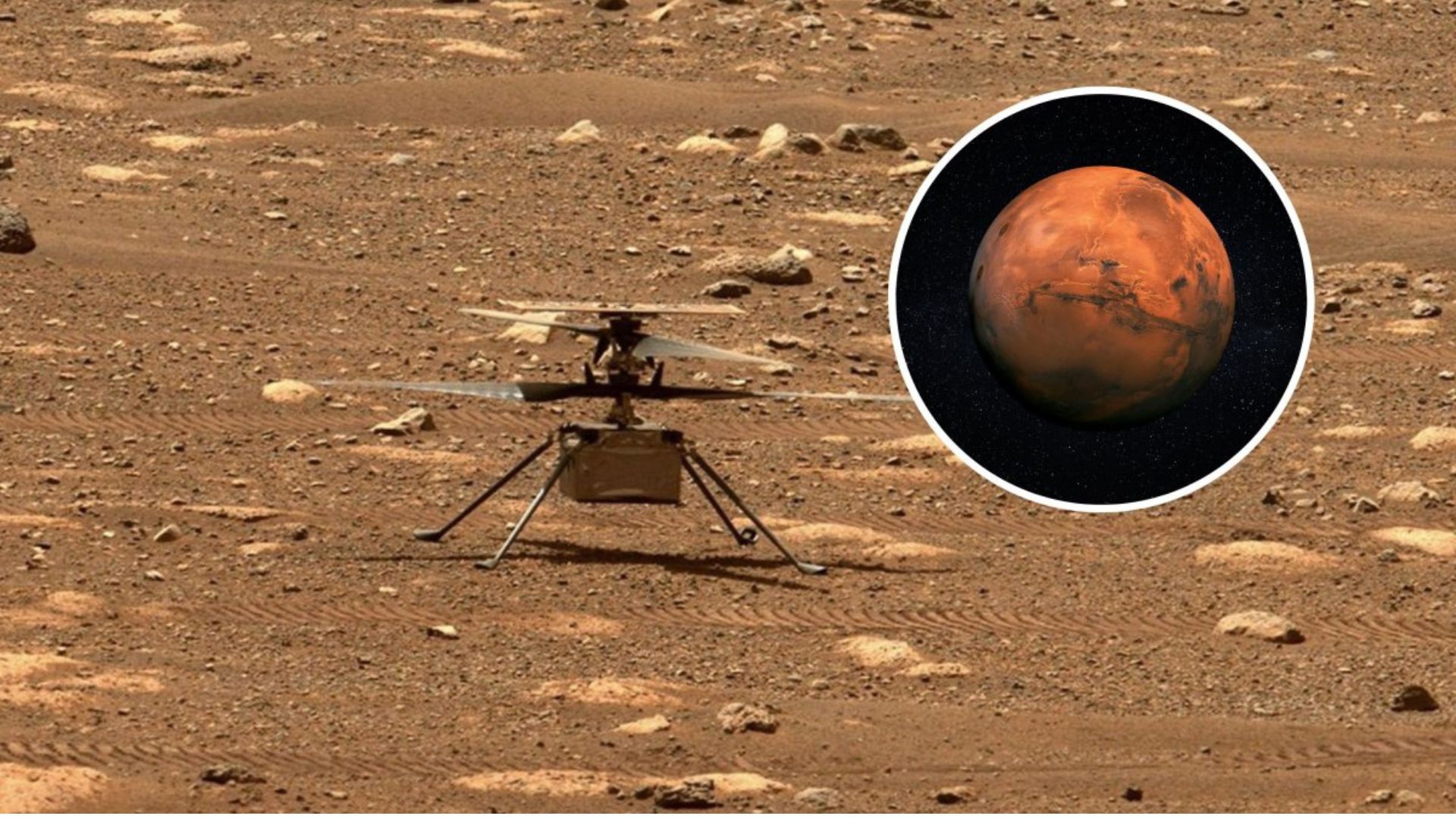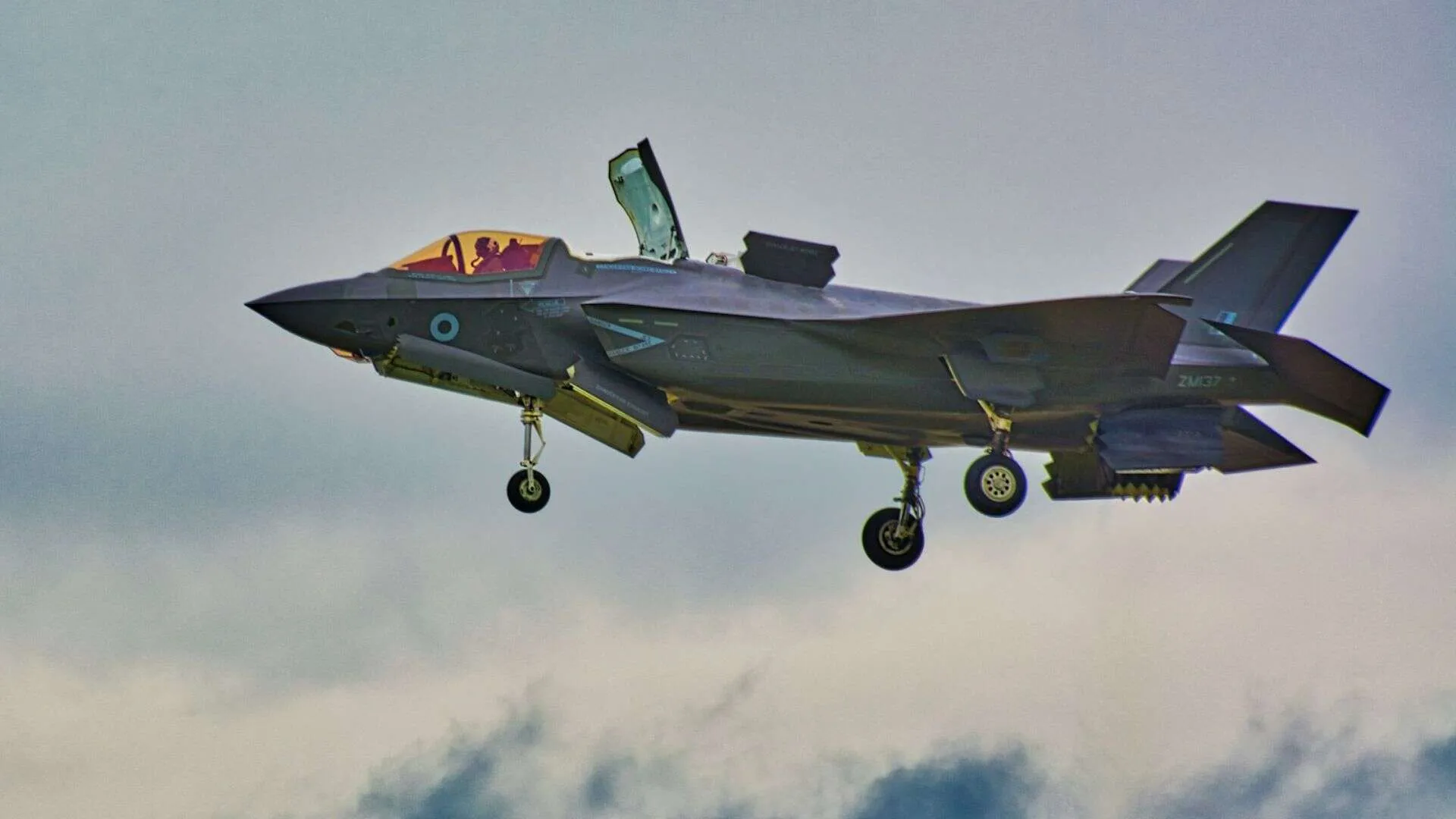NASA has disclosed the reasons behind the crash of its Ingenuity Helicopter on the Martian surface earlier this year, following an extensive investigation by engineers from NASA’s Jet Propulsion Laboratory (JPL) and AeroVironment.
The assessment concluded that a failure in Ingenuity’s navigation system to provide accurate data during flight likely triggered a series of events that culminated in the mission’s end. According to flight data, Ingenuity ascended to an altitude of 12 meters, captured images, and returned to the surface after 32 seconds, but communication was lost during the flight. Once mission control on Earth re-established contact, it was revealed that Ingenuity had suffered damage to its rotors.
“When running an accident investigation from 100 million miles away, you don’t have any black boxes or eyewitnesses,” stated Havard Grip, Ingenuity’s first pilot at JPL. He added, “While multiple scenarios are viable with the available data, we have one we believe is most likely: Lack of surface texture gave the navigation system too little information to work with.”
Ingenuity’s navigation system was designed to track visual features on the Martian surface using a camera over well-textured, pebbly terrain. However, during the ill-fated flight, the helicopter was operating in a region of Jezero Crater characterized by steep, relatively featureless sand ripples. This confusing topography led to a hard impact, causing Ingenuity to pitch and roll.
The findings indicated, “The rapid attitude change resulted in loads on the fast-rotating rotor blades beyond their design limits, snapping all four of them off at their weakest point – about a third of the way from the tip.” The damaged blades caused excessive vibration in the rotor system, which ultimately ripped the remainder of one blade from its root and generated an excessive power demand, leading to the loss of communications.
Down but Not Out
Ingenuity and the Perseverance Rover were both part of NASA’s Mars 2020 mission, which launched aboard an Atlas V rocket. While Perseverance continues to operate without issues, Ingenuity’s mission came to an unfortunate end. However, it achieved remarkable success, initially designed for five experimental test flights over 30 days but ultimately completing 72 flights over nearly three years, flying 30 times farther than planned. The first flight took place on April 19, 2021, when the 1.8-kilogram helicopter took off using its two counter-rotating blades.
Despite being grounded, Ingenuity continues to transmit weather and avionics test data to Perseverance approximately once a week. NASA believes this weather information could assist future explorers of the Red Planet, while the avionics data is already proving beneficial to engineers working on future designs for aircraft and other vehicles intended for Mars.























